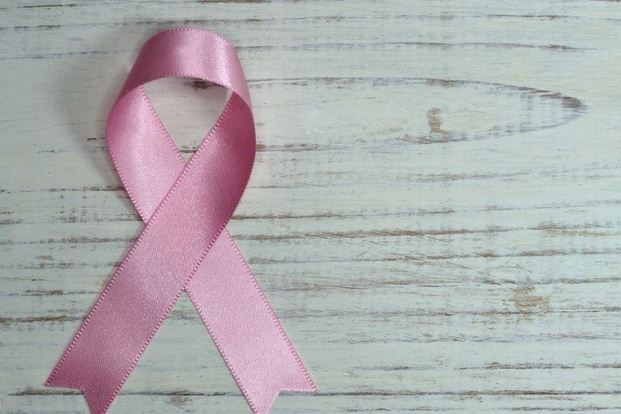Breast Cancer Treatment and preventions.
Apr 19, 2022
Breast cancer occurs when cells in the breast multiply out of control, forming an abnormal mass (tumor) that tends to invade surrounding tissues. Because cancer cells grow destructively, they are also called malignant.
Risk Factors for Breast Cancer
- Female gender
- Older age
- The family history of breast cancer
- Personal history of breast cancer
- Early onset of menstruation (before age 12) or late menopause (after age 55)
- Chest radiation
- Women without children or first birth after age 30
- Ongoing use of oral contraceptives
- Hormone replacement therapy for menopause
- Sedentary lifestyle
- Alcohol
- Obesity after menopause

Some breast cancers are linked to inherited defects (mutations) in certain genes. BRCA1 and BRCA2 are two genes associated with hereditary breast and ovarian cancer.
Symptoms associated with Breast Cancer:
The typical symptoms of breast cancer include:
- A breast lump
- Swelling or redness of the breast
- Dimpling of the skin
- Pitting of the skin (like an orange)
- Inversion of the nipple
- Redness, scaliness or thickening of the nipple
- Nipple discharge
- Enlarged lymph nodes under the arm or near the collarbone.
Diagnosis and Treatment associated with Breast Cancer:
The diagnosis of breast cancer is based on the patient’s symptoms, physical exam, and test results.
Evaluation for Breast Cancer
- Breast examination
- Mammogram (an x-ray of the breast)
- Ultrasound (the use of sound waves to produce an image of the breast)
- Breast biopsy (a sample of tissue is removed and examined for cancer cells)
- Magnetic resonance imaging or MRI
Treatment with Surgery for Breast Cancer
- Lumpectomy, for early-stage tumors, involves excising the tumor but not removing the entire breast.
- Mastectomy, for large tumors, removes all of the breast tissue.
- Sentinel node biopsy checks for cancer in the most dominant axillary lymph node. If cancer is not detected in the sentinel lymph node, it is unlikely to have spread to any other nodes.
- Axillary lymph node dissection is a more extensive removal of lymph nodes that is required when cancer is present in the sentinel lymph node.
- Double mastectomy (removal of both breasts) is a preventive option for patients at a high risk of developing cancer in the other breast.
- In some cases, breast reconstruction with artificial implants is performed.
Other Treatment Modalities for Breast Cancer:
- Radiation Therapy: Following lumpectomy, the chest is often treated with radiation to destroy remaining cancer cells and prevent a recurrence of cancer. Radiation is sometimes used after mastectomy as well.
- Chemotherapy: Chemotherapy is prescribed when cancer involves the lymph nodes. These medications may be administered after surgery to destroy unseen cancer cells remaining in the body. Sometimes chemotherapy is given before surgery to shrink large tumors and facilitate their removal with surgery.
- Hormone Therapy: Most breast cancers are hormone receptor positive (carrying receptors for estrogen and progesterone). Certain drugs, selective estrogen receptor modulator (SERM) medications, block the action of estrogen and inhibit breast cancer growth. Other medications work by lowering estrogen levels in the body.
- Targeted Drugs: Some breast cancers produce large amounts of a protein called human growth factor receptor 2 (HER2). Several medications are designed to target these types of cancers.
- Alternative Treatments: Exercise and activities like yoga or tai chi are often recommended to reduce stress.
How to Prevent Breast Cancer?
There is a lower incidence of breast cancer in countries where the diet is low in fat; therefore, a low-fat diet and normal body weight may be preventative. Additionally, avoidance or limited use of alcohol lowers the risk for this disease.
Genetic testing for mutations in BRCA1 and BRCA2 genes is an option for women with multiple family members with breast or ovarian cancer. Women at very high risk may receive prophylactic medications or opt for prophylactic double mastectomy to reduce their risk of developing breast cancer.









